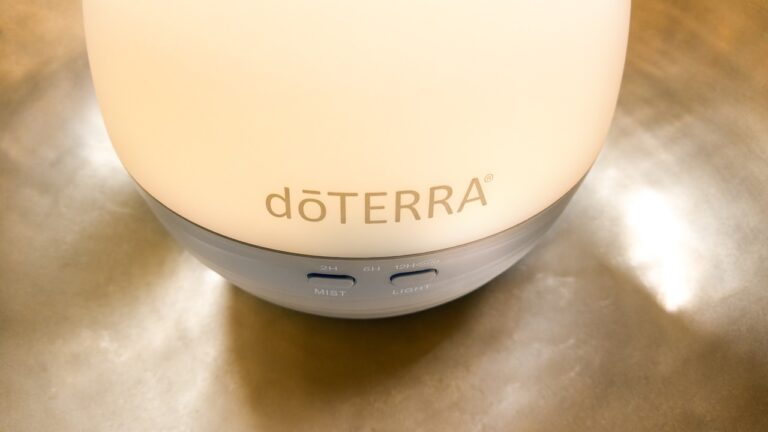Wearable Health Technology: Revolutionizing Personal Healthcare
Wearable health technology offers individuals the convenience of monitoring their health data in real-time, allowing for early detection of potential health issues. By consistently tracking parameters such as heart rate, sleep patterns, and physical activity levels, users can gain valuable insights into their overall well-being. This proactive approach empowers individuals to make informed decisions about their lifestyle choices and seek timely medical attention if necessary.
Moreover, wearable health technology promotes accountability and motivation for individuals striving to improve their health and fitness goals. The ability to set personalized targets and receive instant feedback on progress fosters a sense of achievement and encourages individuals to stay committed to their wellness journey. Whether it’s monitoring steps taken, calories burned, or maintaining hydration levels, wearable health technology serves as a helpful tool in promoting a healthier lifestyle.
How Wearable Health Technology Works
Wearable health technology operates by utilizing various sensors to collect data from the user’s body in real-time. These sensors can track parameters such as heart rate, steps taken, sleep patterns, and even blood oxygen levels. The collected data is then processed by the device to provide valuable insights into the user’s health and fitness metrics.
Once the data is analyzed, the wearable health technology presents the information to the user via a mobile app or a display on the device itself. This feedback can help individuals make informed decisions about their lifestyle habits, exercise routines, and overall well-being. By continuously monitoring and analyzing the user’s physiological data, wearable health technology empowers individuals to take control of their health and make positive changes for better outcomes.
• Wearable health technology utilizes sensors to collect real-time data from the user’s body
• Sensors can track parameters such as heart rate, steps taken, sleep patterns, and blood oxygen levels
• The collected data is processed by the device to provide insights into the user’s health and fitness metrics
• Information is presented to the user via a mobile app or display on the device itself
• Feedback helps individuals make informed decisions about lifestyle habits and exercise routines
• Continuous monitoring and analysis of physiological data empower users to take control of their health
Popular Types of Wearable Health Technology
In the realm of wearable health technology, smartwatches are a ubiquitous choice. These devices offer features such as heart rate monitoring, step counting, and even sleep tracking. Users can easily access their health data and set goals for physical activity through their smartwatches, making them a popular option for those looking to improve their overall well-being.
Another prevalent type of wearable health technology is fitness trackers. These compact devices are designed to monitor various aspects of one’s fitness journey, including calorie burn, distance traveled, and workout intensity. With real-time feedback and the ability to sync data to mobile apps, fitness trackers are favored by individuals seeking to maintain an active lifestyle and stay motivated with their fitness goals.
What are the benefits of wearable health technology?
Wearable health technology can help individuals monitor their health in real time, track their fitness goals, receive reminders for medication, and even detect potential health issues early on.
How does wearable health technology work?
Wearable health technology typically consists of sensors that collect data from the body, which is then transmitted to a smartphone or other device for analysis. Users can then access this data through an app to track their health metrics.
What are some popular types of wearable health technology?
Some popular types of wearable health technology include fitness trackers, smartwatches with health monitoring features, smart clothing with embedded sensors, and health monitoring devices for specific conditions like diabetes or heart disease.







